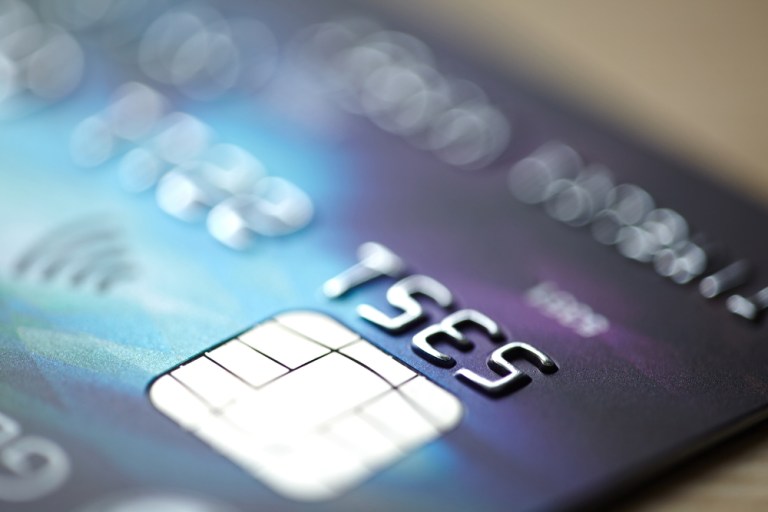
Hotels and restaurant merchants of all sizes are off and running to deploy EMV — almost unanimously. Contactless remains a question mark but a hot topic of conversation as Merchant Link CIO Scott Carcillo told Karen Webster in the latest Data Drivers.
EMV is nowhere near finished, a year and a half after the much-heralded liability shift in the U.S. And for one firm, cloud gateway and data security provider Merchant Link, the process proceeds apace for hospitality and dining firms looking for certification, according to CIO Scott Carcillo. In an interview with Karen Webster, the latest installment of Data Drivers focused on the continued shift.
This is the percentage of all Merchant Link orders that are for EMV terminals — a transition, said Carcillo, that “has really taken off in the market segments we serve, in retail and hospitality.”
Of Merchant Link’s own client base, Carcillo said half are brand-name businesses, while the other half are smaller businesses, storefronts or franchisees. He said the firm is seeing across-the-board adoption of EMV. Above the $25 ticket size, he said, and along with the threat of chargebacks, the movement to EMV becomes an easy sell. Below that $25 threshold, he added, merchants have to decide when they will make the change amid peers doing so, “and as the tipping point comes with EMV, they [don’t] want to look like the guys who haven’t done it.”
That is the percentage of merchants that are looking for an advisor beyond simply processing transactions. “We’ve always been a cloud-based gateway,” said Carcillo, “and had not done much inside the merchant’s store” or on merchant’s property. Yet, two years ago, he added, the firm found that, while payments remained important to customers, “they didn’t want it to be one of their core competencies.” As a result, the firm has been enlisted to be the point of contact for all hardware purchasing and to help with onsite analysis, among other services. Project managements have been assigned to different channels, in efforts to understand, explain and guide firms through the changes taking place in the EMV and contactless payments spaces.
There’s a demographic push at work here, too, said Carcillo, which he defined as “millennial consumer groups.”
“And [merchants] are not wanting to be left out of that demographic,” citing the younger generation’s aptitude for technology. Another tailwind comes from what he termed “line-busting” activities, where automation — say, at a restaurant or hotel chain — geared toward payments or check-ins and checkouts, can improve turnover. Within those sectors, said the executive, restaurants are trying to find what to do with their table-side service, while in hotels, more upscale or boutique locations are defined by premium levels of experience. Particular to restaurants is finding a balance between diners who want to pay at the table with what is tantamount to small terminals brandished by servers and those who do not. The process, and the hardware involved, said Carcillo, “can be off-putting to some.” And yet, he said, using technology at table side to check out can improve customer satisfaction as the time it takes to leave is significantly shortened.
That’s the number of Merchant Link customers that are asking about contactless payment — with the operative word being “asking.” Amid the advisory services provided by his firm, said Carcillo, “invariably, the discussion [about contactless] comes up, ”especially as wallets and marquee names, such as Apple, Google and Samsung, are all in the payments space. Then, of course, there are options tied to Visa and Mastercard, and Carcillo said merchants must spend time considering which options they want to accept. Card issuers have started to offer cards that only work in contactless scenarios, which will also drive contactless payments. Those merchants, he said, are mulling a contactless future and as such must consider hardware (such as PIN pads) and other technology that will let them adopt, and adapt to, contactless options.